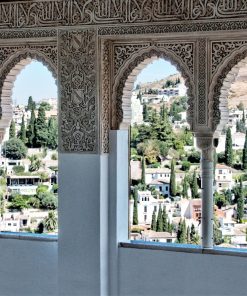Portugal is far more than golden beaches and delicious food. It’s a country shaped by history, faith, and art, home to some of Europe’s most extraordinary UNESCO World Heritage Sites. From medieval monasteries and ancient towns to unique architecture and natural landscapes, each site reveals a chapter of Portugal’s past.
In this All of Portugal’s UNESCO World Heritage Attractions | Ultimate Guide, we’ll explore all of Portugal’s remarkable sites, perfect whether you’re planning a road trip, a cultural escape, or simply dreaming up your next adventure.
And if your journey extends beyond Portugal, don’t miss our UNESCO guides to Andalusia and Morocco!
1. Monastery of Batalha
Rising proudly in the town of Batalha, the Monastery of Batalha was built to commemorate Portugal’s victory at the Battle of Aljubarrota in 1385, a triumph that secured the nation’s independence from Castile. The result is a masterpiece of late Gothic architecture.
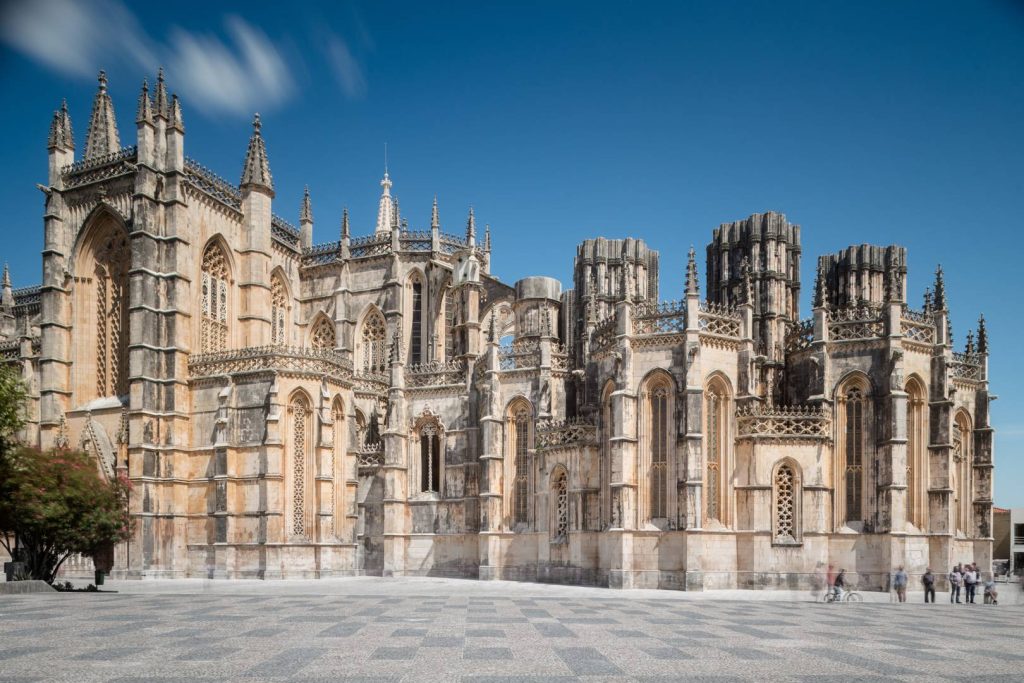
Strolling through the ornate cloisters, admiring the stained-glass windows, and pausing before the unfinished chapels feels like stepping into Portugal’s golden age. The Manueline details and royal tombs within its walls tell stories of faith, artistry, and national pride. It’s no surprise that UNESCO recognized its significance in 1983.
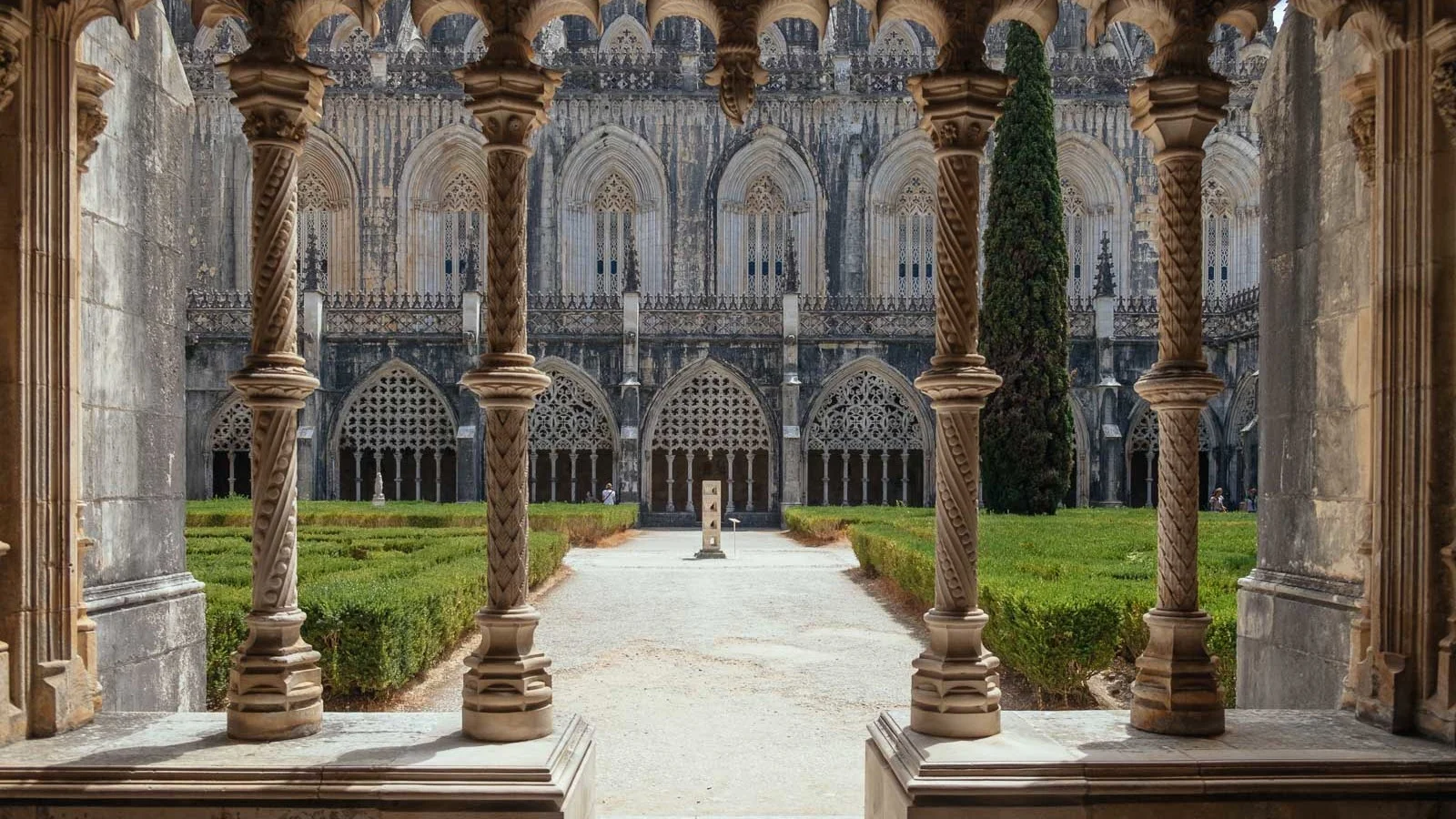
2. Monastery of the Hieronymites and Tower of Belém
In the elegant riverside district of Belém, Lisbon, the Jerónimos Monastery and the Tower of Belém capture the essence of Portugal’s Age of Discoveries. Both declared UNESCO World Heritage Sites in 1983, these landmarks celebrate the nation’s maritime glory and the fearless explorers who set sail to the unknown.
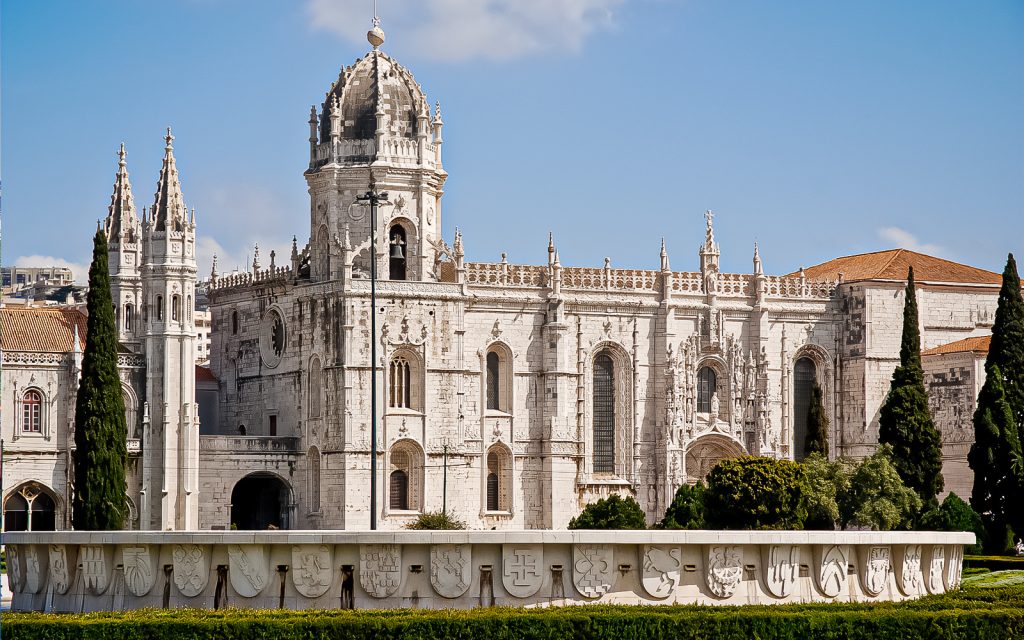
Inside the Jerónimos Monastery, the magnificent Manueline style unfolds in every corner, cloisters adorned with sea motifs, ropes, and exotic flora that symbolize Portugal’s deep connection to the ocean. Each carving unfolds a story of exploration and faith.

Just a short stroll away, the Tower of Belém rises beside the Tagus River. Once a defensive fortress, it welcomed ships returning from faraway expeditions laden with spices, gold, and stories from the New World.
Are you in Spain and dreaming of discovering Lisbon’s treasures? With Not Just a Tourist, you can enjoy a comfortable, stress-free transfer.
3. Monastery of Alcobaça
Next on this All of Portugal’s UNESCO World Heritage Attractions | Ultimate Guide is the Monastery of Alcobaça. Nestled in the charming town of Alcobaça, it’s one of Portugal’s most remarkable medieval monuments. Founded in 1153 by King Afonso Henriques, it was the country’s first Gothic building and soon became a thriving center for monastic life, learning, and agriculture.
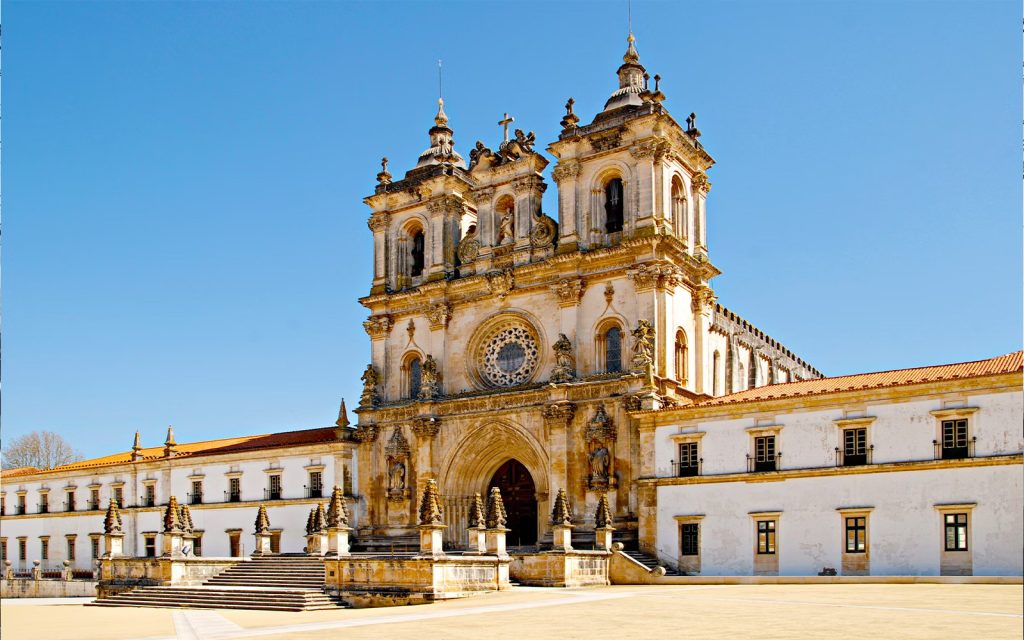
The monastery is perhaps best known for housing the tombs of King Pedro I and Inês de Castro, whose tragic love story is often called Portugal’s “Romeo and Juliet”. Their intricately carved tombs face each other across the church, symbolizing a reunion on Judgment Day. Recognized as a UNESCO site in 1989, the Monastery is both a romantic and historical treasure.
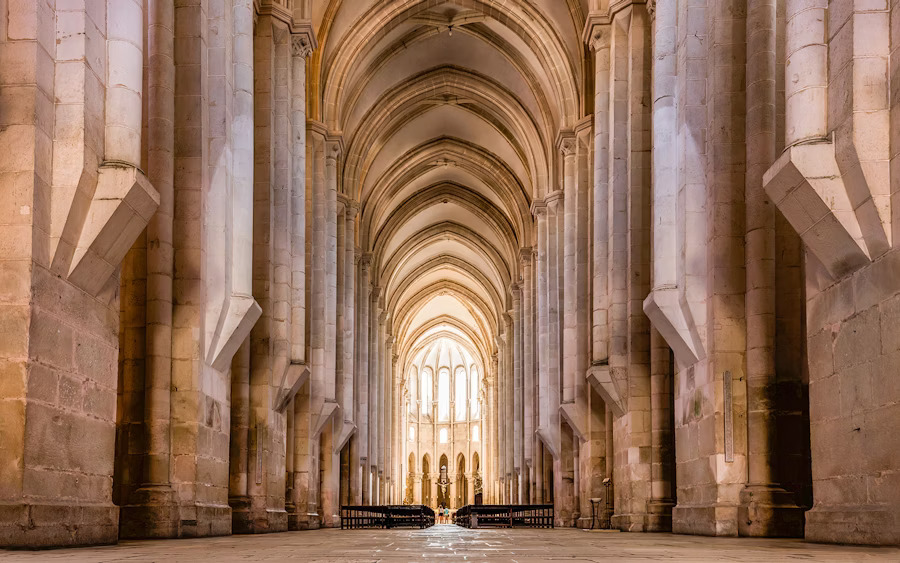
4. Convent of Christ in Tomar
A marvel of history and architecture, located in Tomar, the Convent of Christ captures the story of Portugal’s past like few other sites. Listed as a UNESCO site in 1983, it began as a 12th-century Templar fortress and later became the headquarters of the Order of Christ, a key player in the country’s Age of Discoveries.
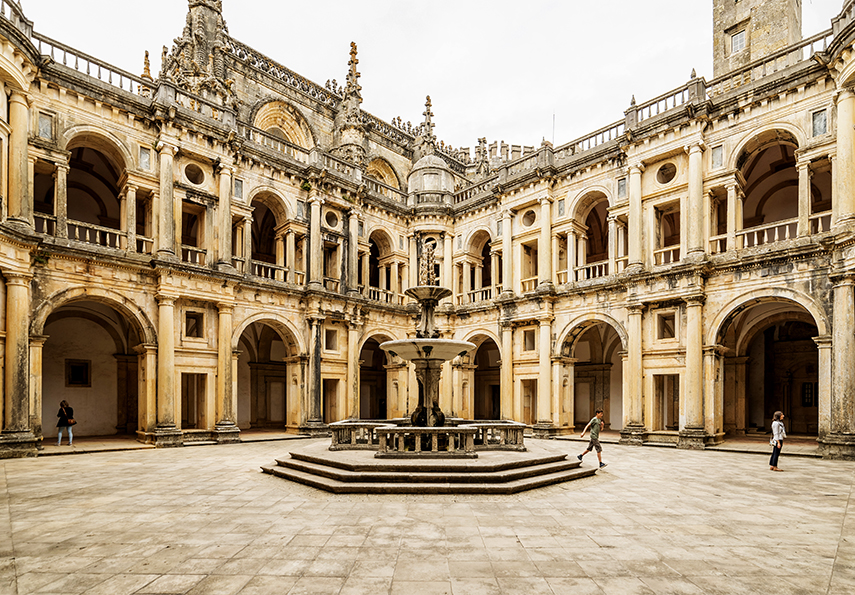
The convent’s architecture is a unique fusion of Romanesque, Gothic, Manueline, Renaissance, and Baroque styles, reflecting centuries of adaptation and innovation. Its centerpiece, the Charola, is a round church inspired by the Holy Sepulchre in Jerusalem, a reminder of the Templars’ spiritual roots.
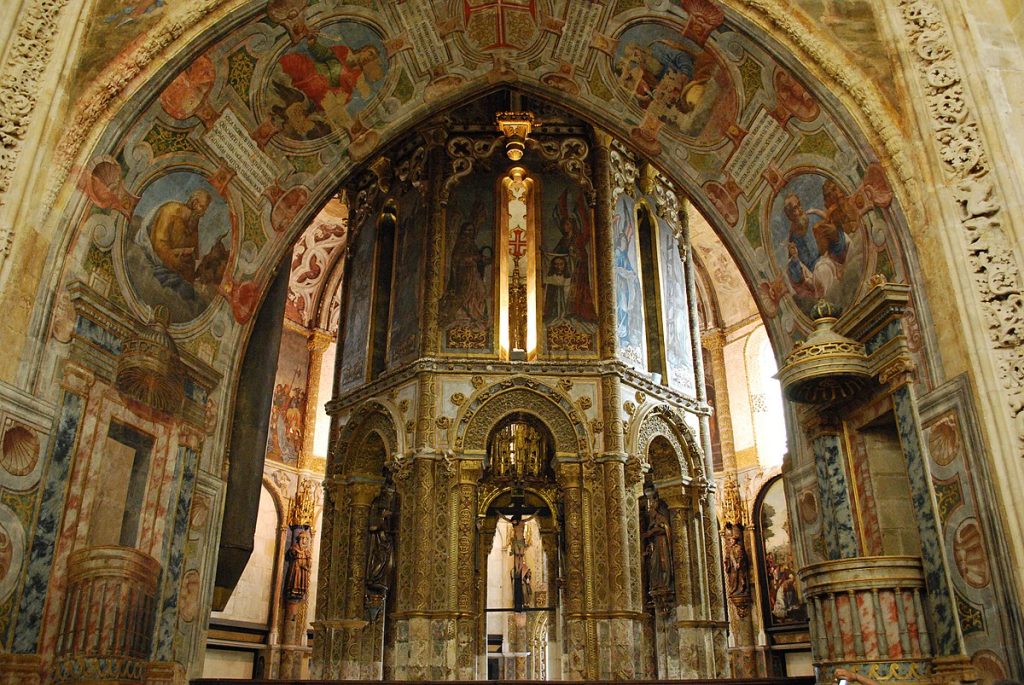
5. Historic Centre of Porto
Perched along the Douro River, Porto’s historic centre has been on the UNESCO list since 1996 and is one of Portugal’s most captivating cities. Its narrow cobbled streets, colorful tiled façades, and lively Ribeira district create a vibrant atmosphere that feels both timeless and full of life.
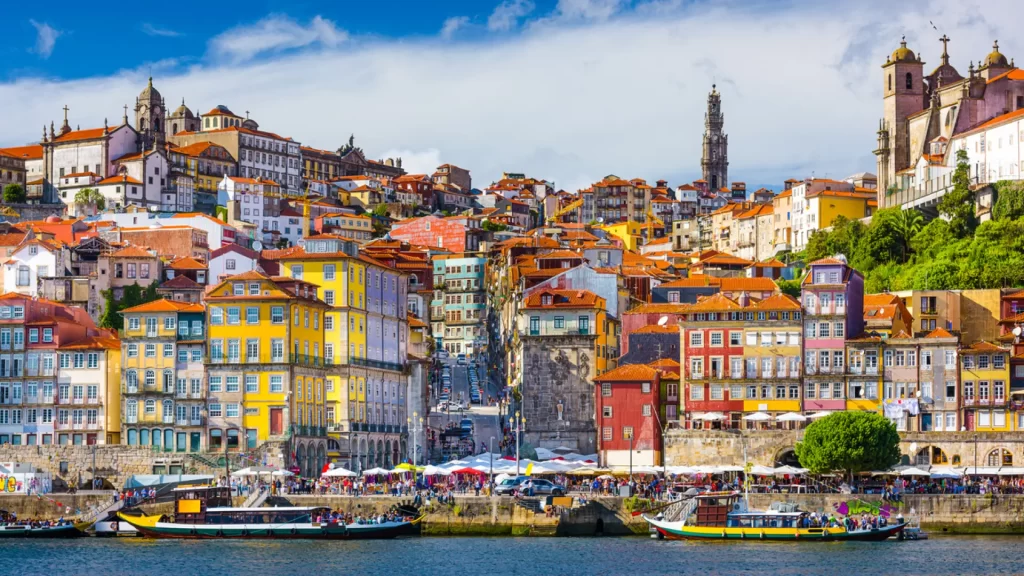
The city’s prosperity grew from maritime trade and Port wine exports, still visible today in the famous wine cellars of Vila Nova de Gaia. Iconic landmarks include Porto Cathedral, Clérigos Tower, and the São Bento Railway Station.
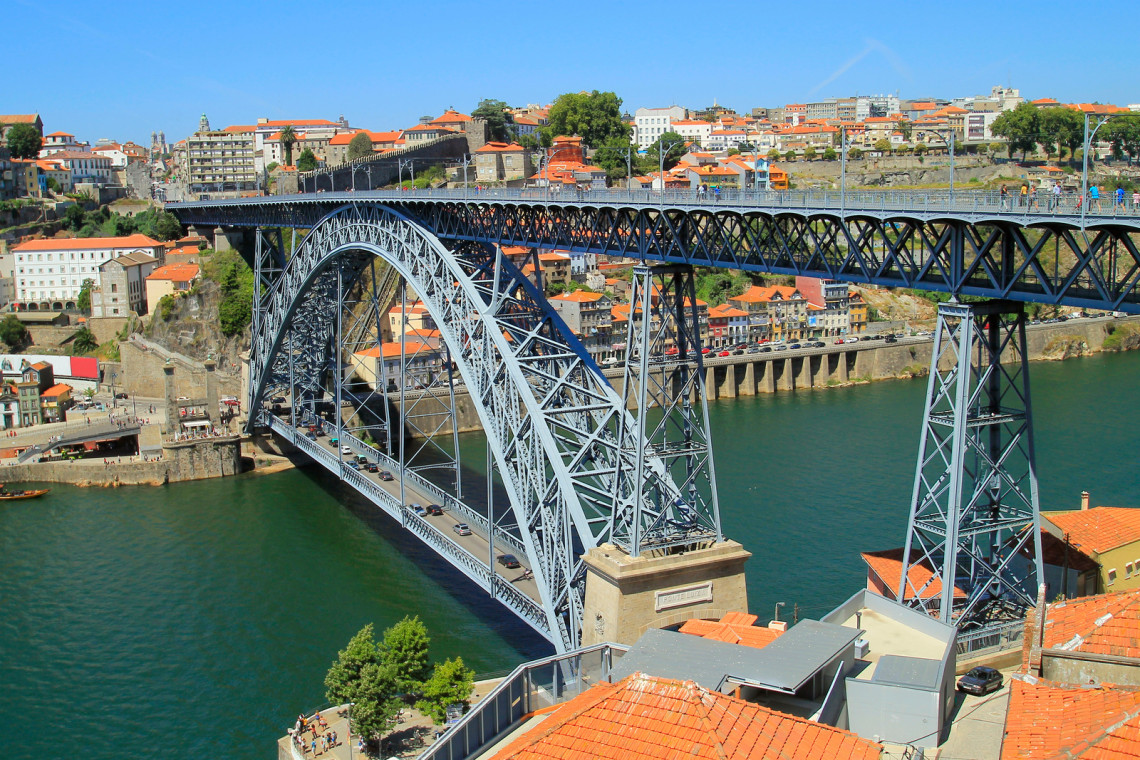
Crossing the Dom Luís I Bridge, designed by a student of Eiffel, offers sweeping views of the Douro and Porto’s riverside. Visitors will experience a unique blend of history and modern life, making Porto a must-visit destination for anyone exploring Portugal’s treasures.
6. Historic Centre of Guimarães
Up in the north, the Historic Centre of Guimarães is famously known as the “birthplace of Portugal.” It was here that Afonso Henriques, the country’s first king, established his court in the 12th century. The town’s medieval street layout, granite houses, and Gothic buildings transport visitors back in time, preserving the charm of its origins.
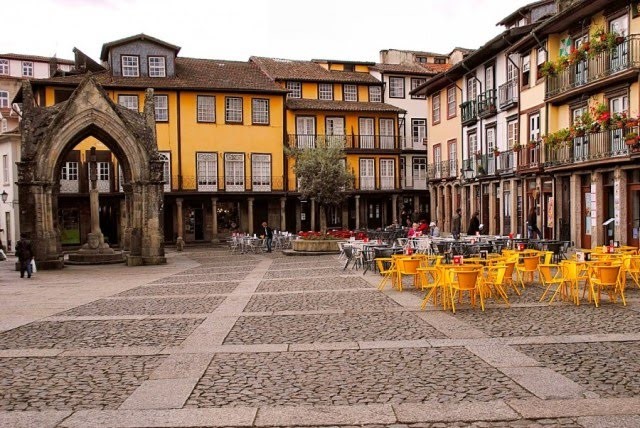
Here, you can visit the Guimarães Castle and the Palace of the Dukes of Braganza, both reflecting the city’s role in shaping Portugal’s early history. Wandering through its cobbled streets feels like stepping into the Middle Ages.
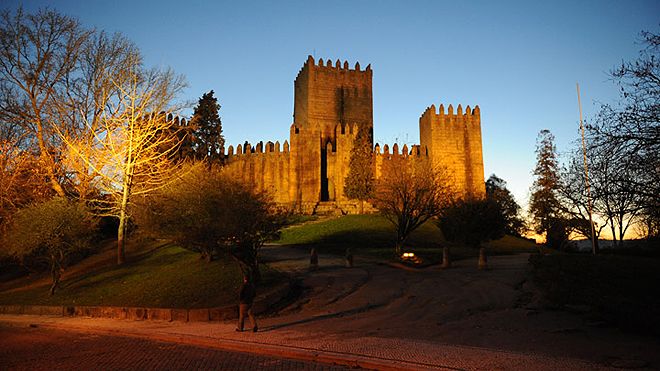
7. Cultural Landscape of Sintra
Near Lisbon, the town of Sintra rises like something out of a fairytale, nestled in the hills of the Serra de Sintra. Renowned for its romantic palaces, gardens, and castles, the Cultural Landscape of Sintra became the first site in Europe to receive the “cultural landscape” UNESCO designation in 1995.
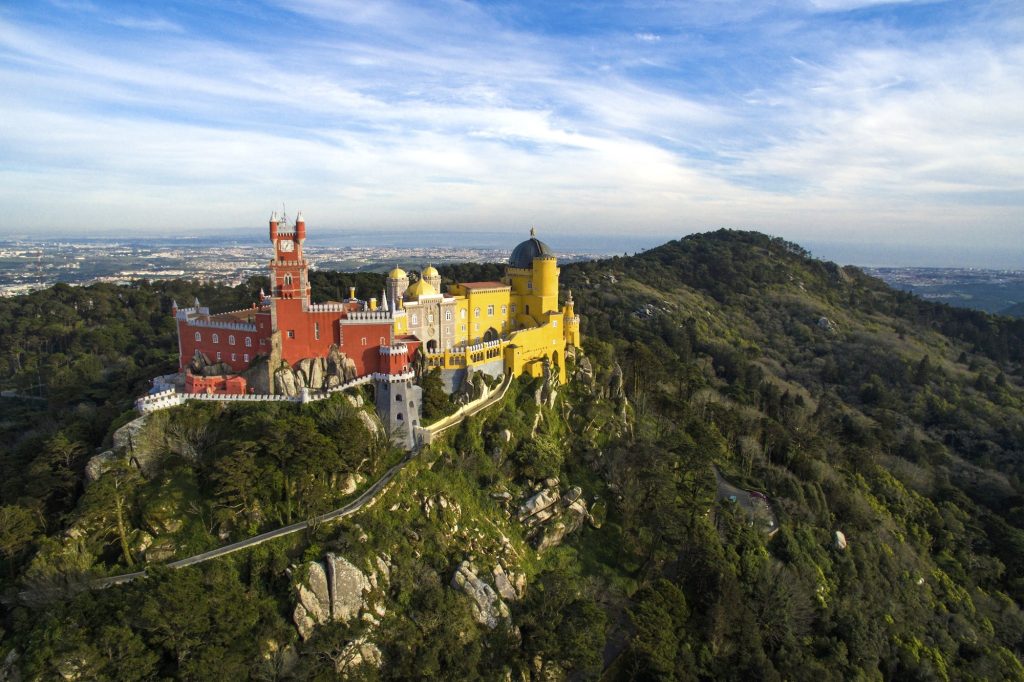
Highlights include the colorful Pena Palace, the enigmatic Quinta da Regaleira, and the medieval Moorish Castle. Each site showcases layers of Portugal’s history, from Islamic influence to Romantic-era grandeur, while the combination of exotic architecture and verdant landscapes creates an atmosphere of pure enchantment.
A visit to Sintra is more than sightseeing; it’s an immersion into Portugal’s royal past, art, and nature, making it an essential stop on any Portuguese itinerary.

8. Historic Centre of Evora
In the heart of the Alentejo region, Évora is a beautifully preserved medieval city surrounded by ancient walls. Its history spans Roman, Moorish, and Christian eras, and its historic center is often described as a living museum of Portuguese heritage.
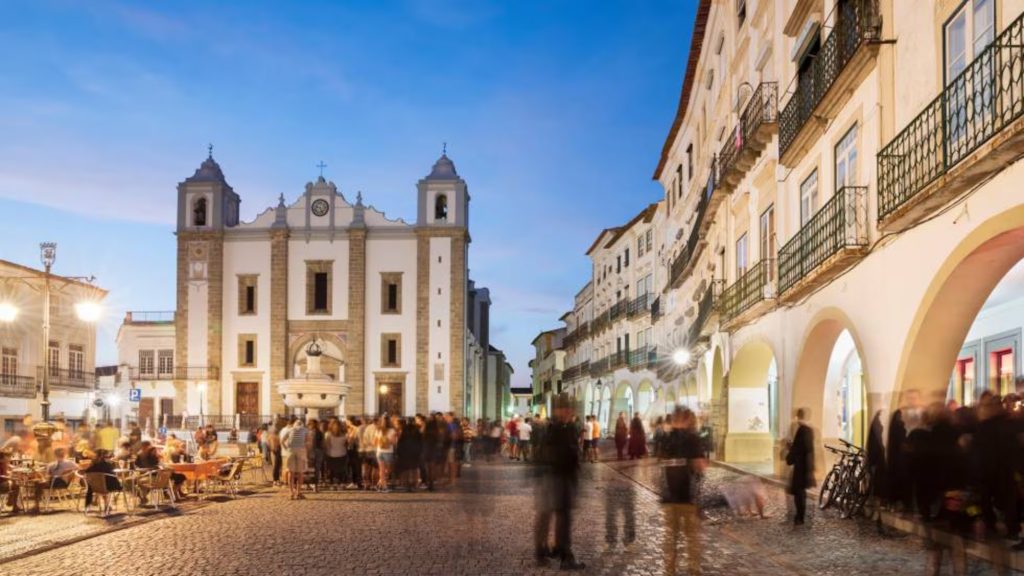
Designated a UNESCO World Heritage Site in 1986, Évora’s highlights include the Roman Temple of Diana, the Gothic Cathedral, and the haunting Bones Chapel. Wandering through its cobbled streets, you’ll admire whitewashed houses, intricate azulejos, and elegant arches. Once a royal residence and an important cultural hub, Évora still exudes centuries of history.
The best part? With Not Just a Tourist, you can reach Évora easily with a comfortable transfer!

9. Alto Douro Wine Region
Nestled in Northern Portugal, the Alto Douro Wine Region is one of the world’s oldest demarcated wine regions. Recognized by UNESCO in 2001, it celebrates centuries of winemaking tradition and the region’s unique cultural landscape.
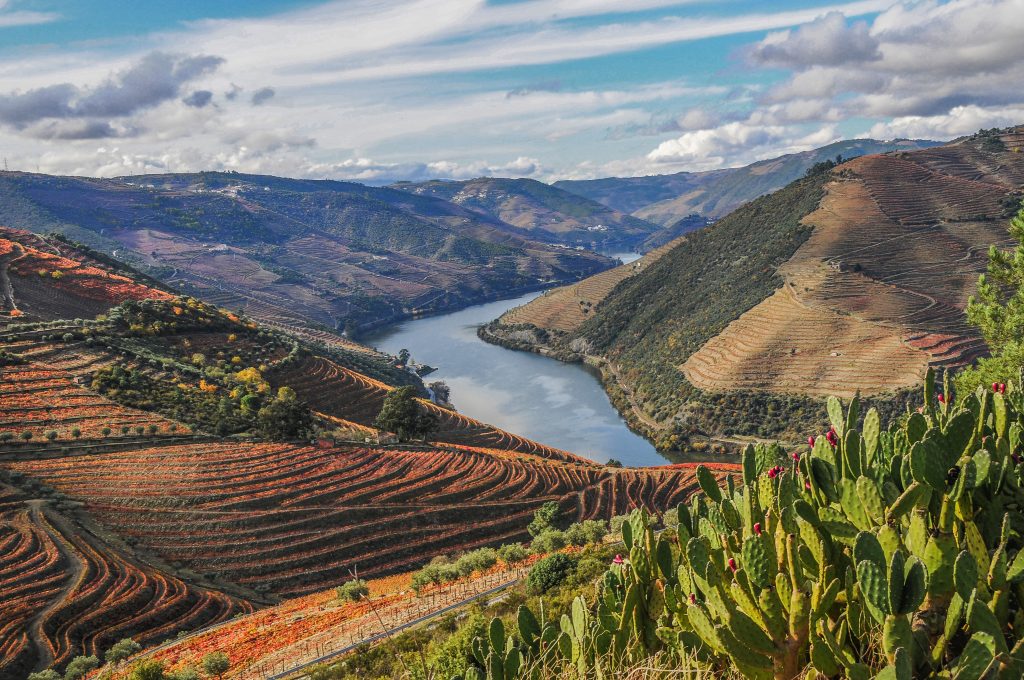
Famous for its Port wine as well as exceptional red and white wines, the Douro Valley features terraced vineyards cascading down rolling hills along the Douro River, dotted with historic quintas (wine estates) and scenic winding roads.
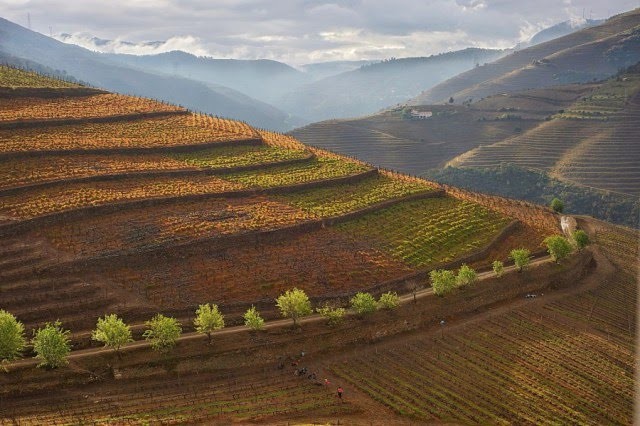
Visitors can enjoy wine tastings at local estates, scenic river cruises, and unforgettable drives through the valley, making it a must-see destination for wine lovers and cultural travelers alike.
10. University of Coimbra
This All of Portugal’s UNESCO World Heritage Attractions | Ultimate Guide couldn’t miss the University of Coimbra. Located in Coimbra, it stands as one of Europe’s oldest universities, founded in 1290. And, recognized as a UNESCO site in 2013, it has been a cornerstone of Portugal’s academic, cultural, and intellectual life for centuries.
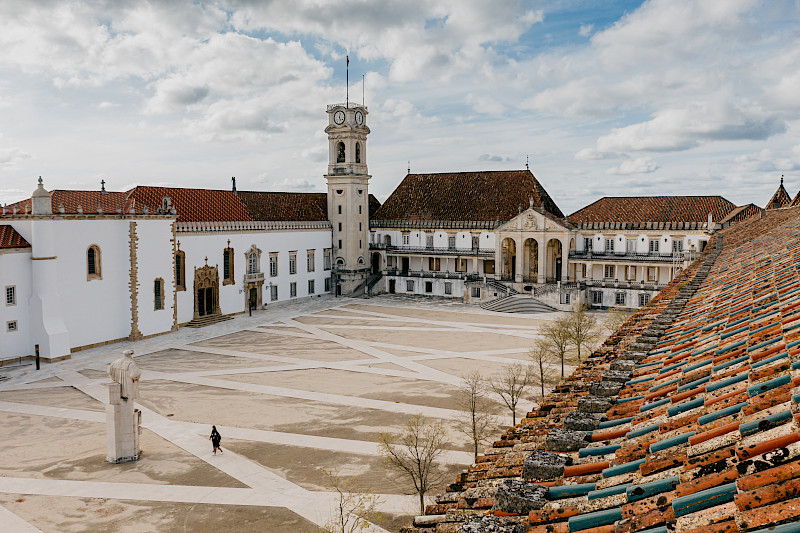
The university’s Alta and Sofia areas are filled with historic colleges, libraries, and courtyards, each echoing centuries of scholarship and tradition. The crown jewel is the Joanina Library, a Baroque masterpiece housing thousands of rare and precious books. Visitors can also explore the Royal Palace of Alcáçova, the Chapel of São Miguel, and the grand ceremonial halls still used by students and faculty.

11. Laurisilva of Madeira
In the Portuguese island of Madeira, the Laurisilva forest is a rare subtropical rainforest that once covered much of Southern Europe. Today, the island preserves the largest surviving area of this unique ecosystem, making it a natural treasure.
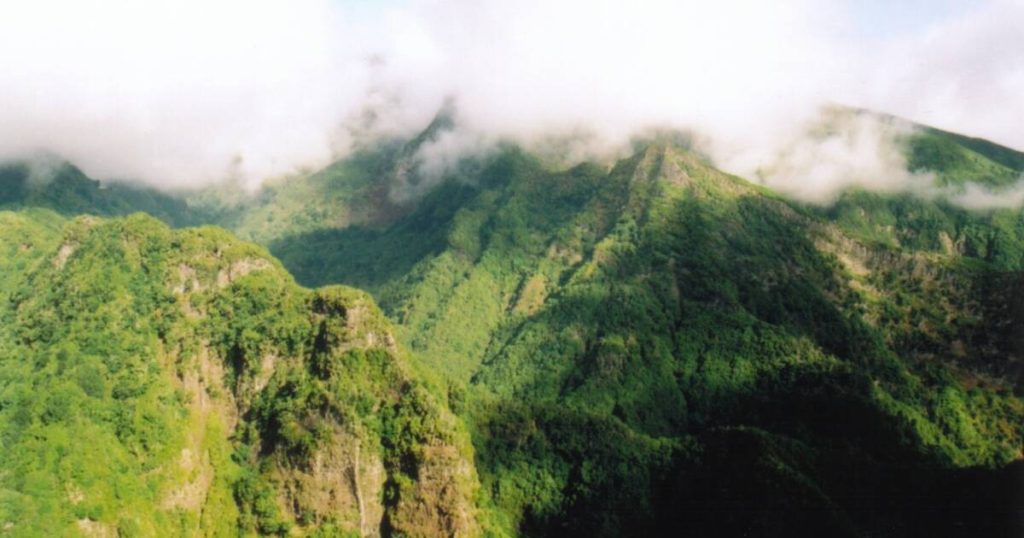
The forest is home to exceptional flora and fauna, with lush vegetation, cascading waterfalls, and misty trails that feel untouched by time. Hiking through its paths offers visitors a chance to immerse themselves in pristine nature.
Listed in the UNESCO lists in 1999 for its biodiversity and ecological importance, it highlights the resilience of the island’s environment and the global significance of preserving fragile ecosystems.
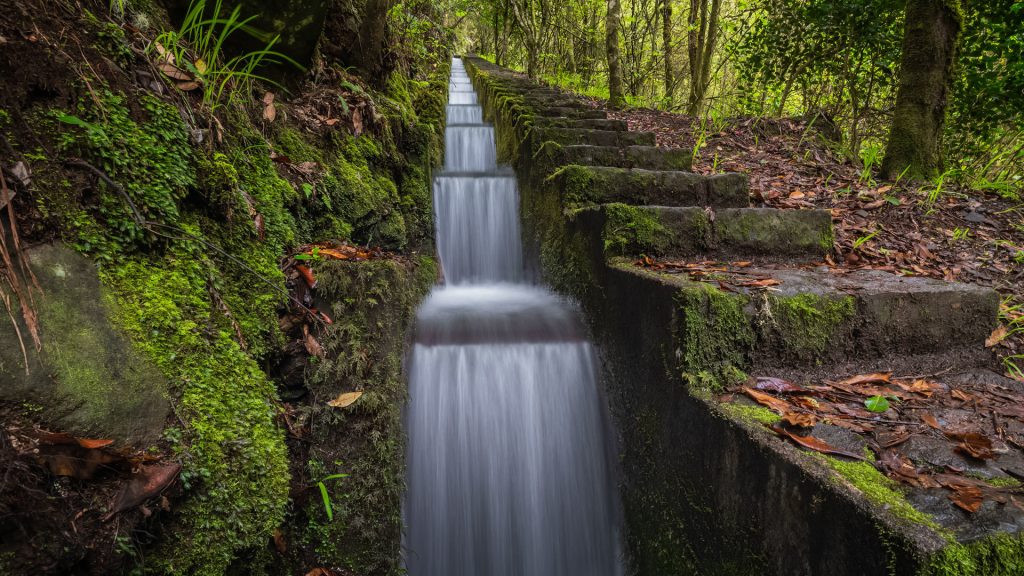
12. Central Zone of the Town of Angra do Heroismo
On Terceira Island in the Azores, the town of Angra do Heroísmo is one of the first European cities established in the Atlantic. Founded in the 15th century, it quickly became a crucial port for ships traveling between Europe, Africa, and the Americas, blending strategic importance with vibrant urban life.
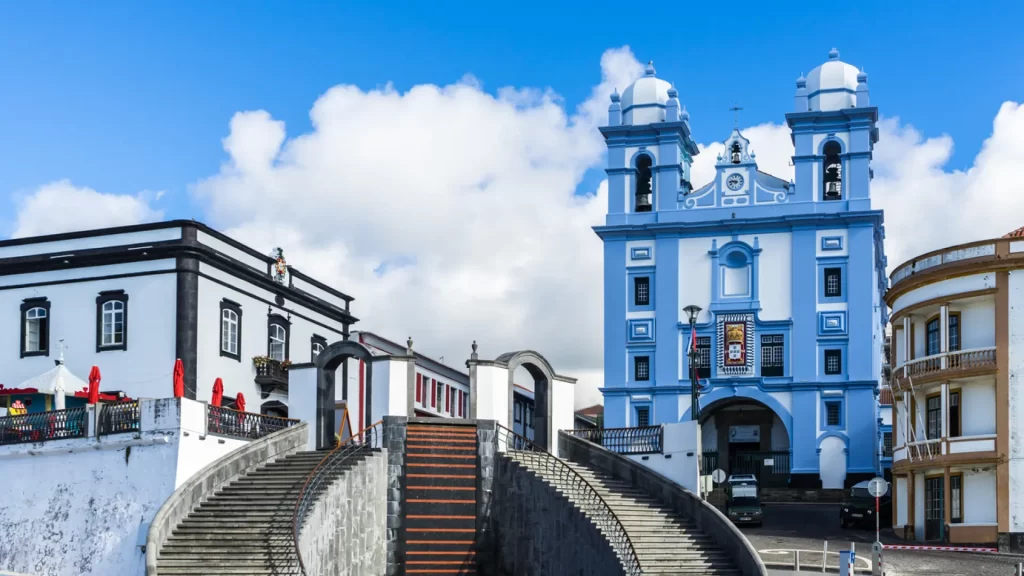
The town’s Renaissance-inspired layout, colorful houses, and cobbled streets reflect its historic role as both a trading hub and defensive stronghold. Key landmarks include the Cathedral of Angra, the fortresses of São Sebastião and São João Baptista, and the elegant Palácio dos Capitães-Generais.
Despite challenges from earthquakes and volcanic activity, Angra do Heroísmo has been meticulously restored, preserving its maritime heritage and architectural charm and was included as a UNESCO site in 1983.
13. Prehistoric Rock Art Sites in the Côa Valley and Siega Verde
In northern Portugal’s Côa Valley, you’ll find one of the world’s most remarkable open-air museums. Dating back more than 20,000 years, its prehistoric rock carvings depict animals such as horses, aurochs, and deer.
Together with the nearby Siega Verde between Portugal and Spain, they form a unique cross-border UNESCO World Heritage Site that reveals how Paleolithic communities expressed their relationship with nature.
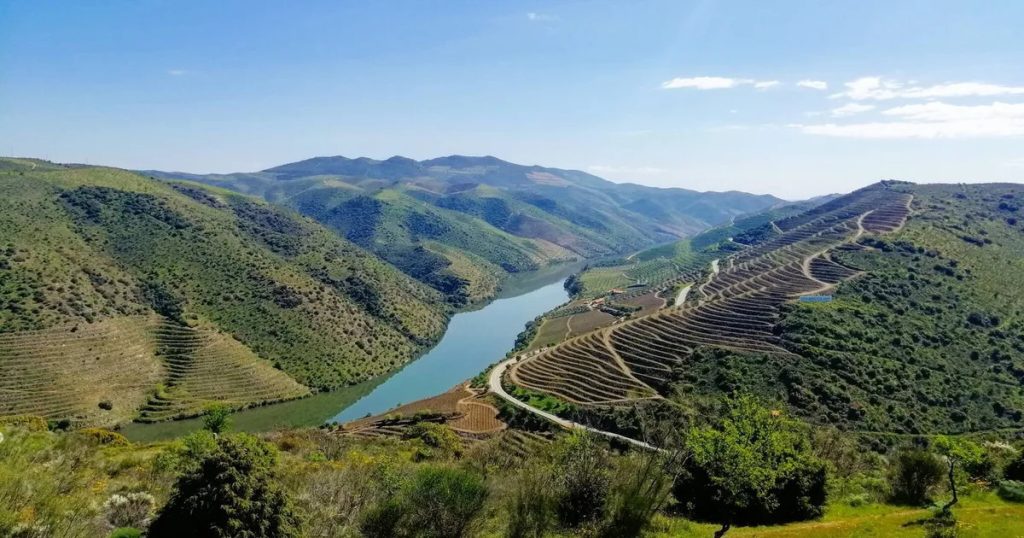
Visitors can explore the engravings on guided tours, whether on foot, by jeep, or even at night under special lighting. The Côa Museum provides essential context, displaying artifacts and insights that bring these ancient artworks vividly to life. Set against the dramatic valley landscape, the sites offer a journey into Europe’s earliest human artistry and cultural heritage.

14. Landscape of the Pico Island Vineyard Culture
On Pico Island in the Azores, the Landscape of Pico Island stands as a testament to human resilience and ingenuity. For centuries, locals have cultivated vineyards in volcanic soil, using black basalt stone walls to shield the vines from Atlantic winds and salty sea spray. This remarkable agricultural practice has created a striking patchwork of stone enclosures, earning the site a UNESCO place in 2004 for its cultural and historical significance.
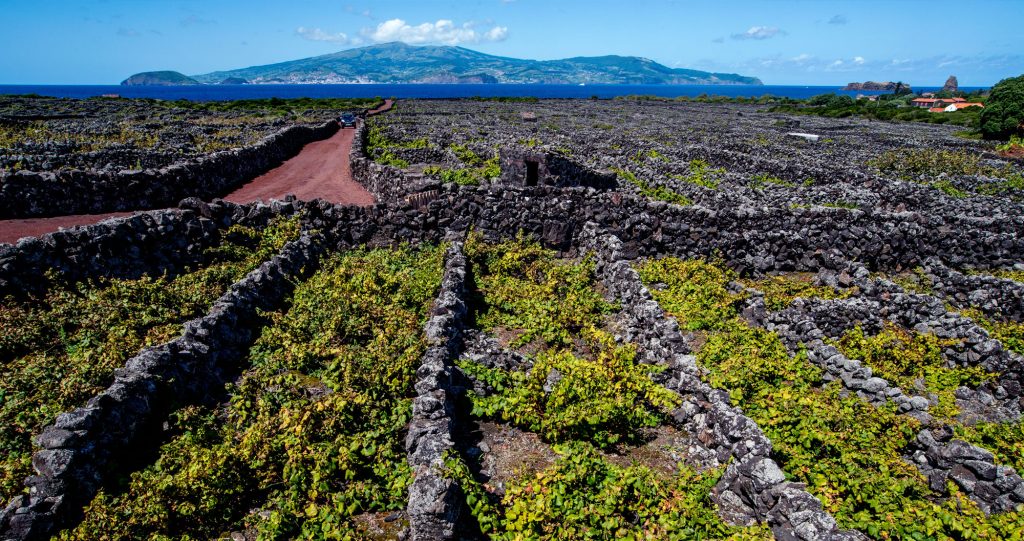
Today, visitors can wander through these vineyards, sample the island’s famous Verdelho wine, and explore coastal villages shaped by generations of winemakers.

15. Garrison Border Town of Elvas and its Fortifications
In the Alentejo region, Elvas stands out for its remarkable military architecture. Known for hosting the largest bulwarked dry-ditch system in the world, the town’s star-shaped fortifications, built in the 17th century, were designed to defend Portugal during a period of intense rivalry with Spain.
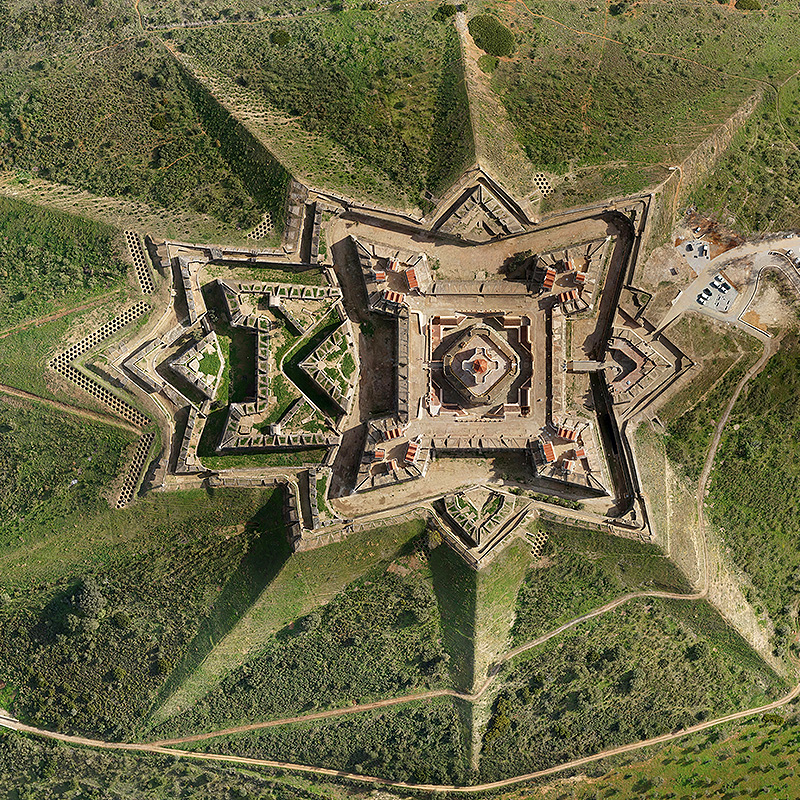
Exploring Elvas reveals massive walls, bastions, and forts such as Forte de Nossa Senhora da Graça and Forte de Santa Luzia, both masterpieces of military engineering. Beyond its defenses, Elvas also charms visitors with whitewashed houses, cobbled streets, and an impressive aqueduct that once supplied the town.
Included as a UNESCO World Heritage Site in 2012, Elvas offers a glimpse into history, strategy, and architectural innovation.
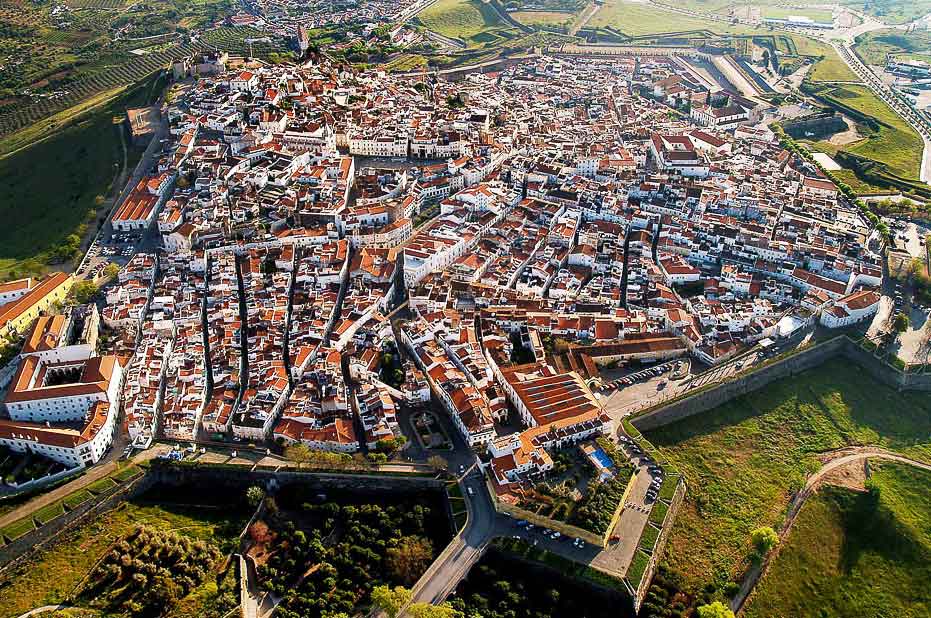
16. Royal Building of Mafra – Palace, Basilica, Convent, Cerco Garden and Hunting Park
Just 40 km northwest of Lisbon, the Royal Building of Mafra, recognized by UNESCO in 2019, is one of Portugal’s grandest Baroque complexes. Commissioned by King João V in the 18th century, it includes a palace, basilica, convent, the Cerco Garden, and the Tapada hunting park. Its monumental scale reflects Portugal’s wealth during the golden age of Brazilian gold imports.
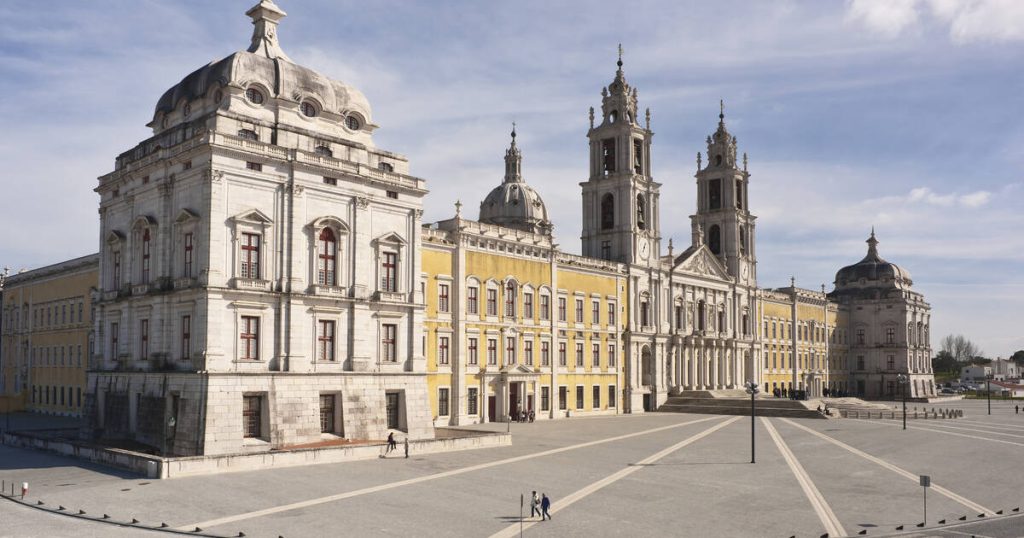
Inside, visitors are greeted by one of Europe’s most impressive libraries, housing over 36,000 volumes, alongside marble floors and ornate chapels. The Cerco Garden offers a serene stroll through meticulously designed landscapes, while the Tapada hunting park, once a royal hunting ground, is now home to deer, boar, and wild birds.
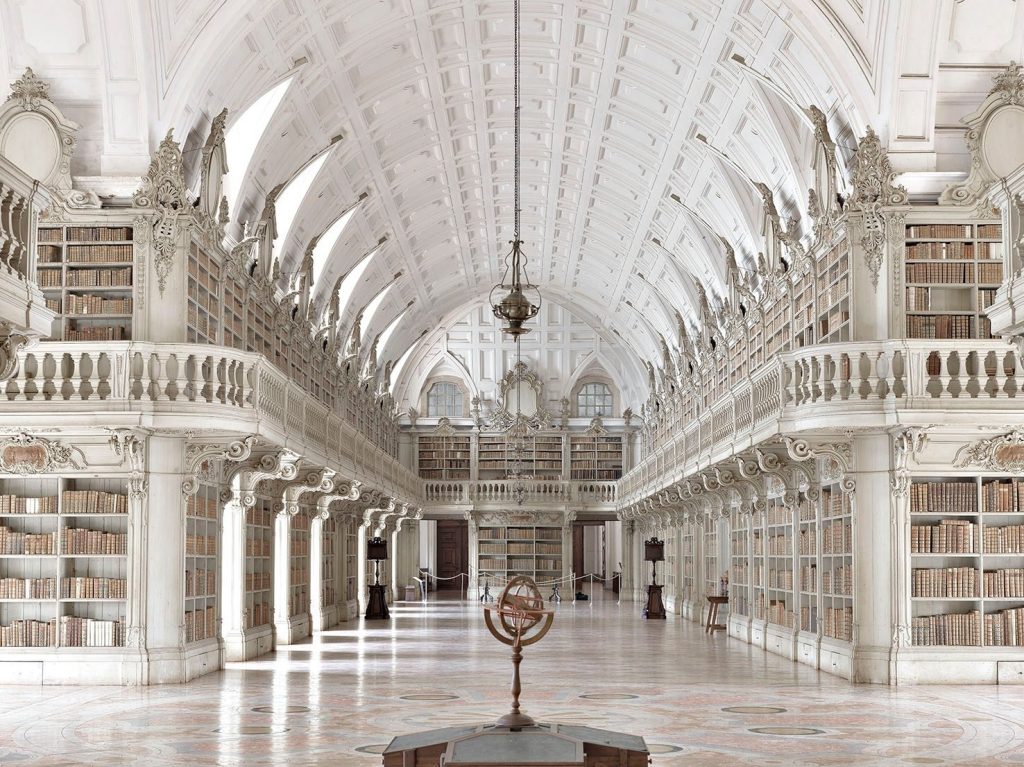
17. Sanctuary of Bom Jesus do Monte in Braga
Located just outside Braga, in Northern Portugal, the Sanctuary of Bom Jesus do Monte, added to the UNESCO list in 2019, is one of the country’s most iconic pilgrimage sites. This Baroque masterpiece, completed in the 18th century, is best known for its monumental stairway of 577 steps, which winds dramatically up the hill and symbolizes the spiritual journey of ascent.
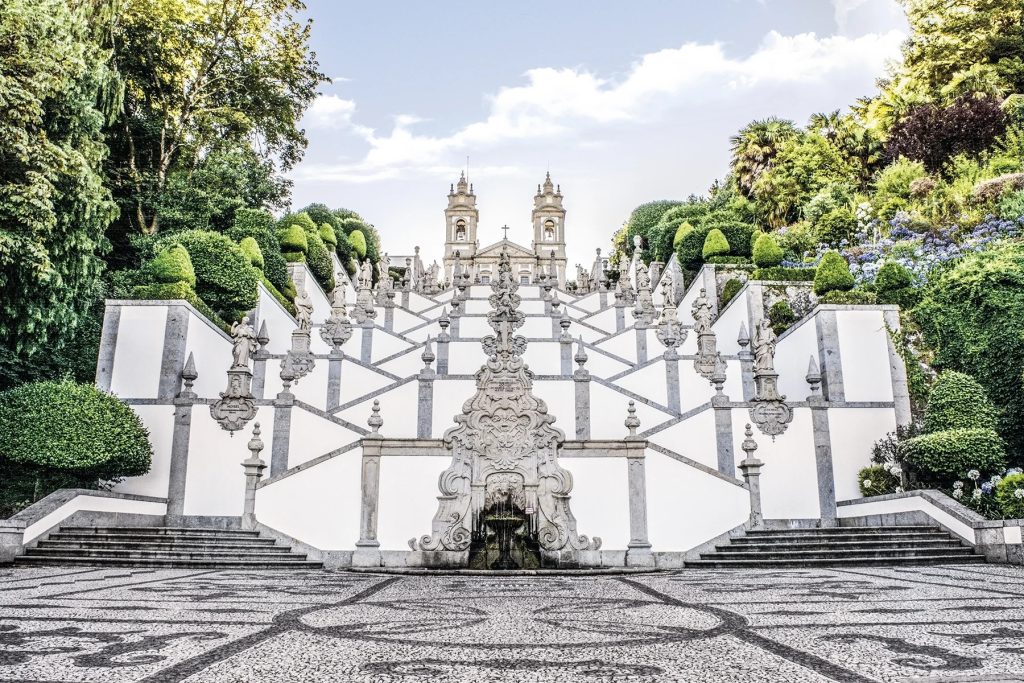
At the top, visitors are rewarded with the stunning neoclassical church, serene chapels, and panoramic views over Braga’s rooftops and green valleys. The sanctuary also features gardens, fountains, and sculptures that blend faith with natural beauty, making it both a spiritual and cultural experience. Whether you climb on foot or take the historic funicular (the oldest water-powered one in the world, opened in 1882), Bom Jesus do Monte offers an unforgettable glimpse into Portugal’s religious heritage.
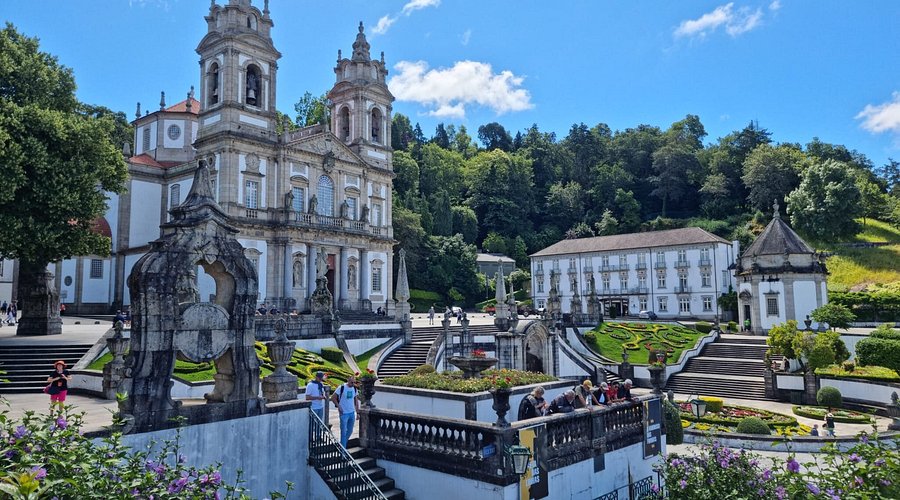
Exploring All of Portugal’s UNESCO World Heritage Attractions: Ultimate Guide is more than just ticking off landmarks; it’s about experiencing the country’s soul through its monuments, traditions, and landscapes. From ancient monasteries and historic city centers to breathtaking cultural sites, Portugal’s heritage tells stories that are both timeless and inspiring.
If you’re ready to bring these stories to life, why not let us help? At Not Just a Tourist, we specialize in creating unique journeys! You can learn more about our personalized tours designed just for you, or simply reach out through our Contact Us page.
Start your adventure now!

